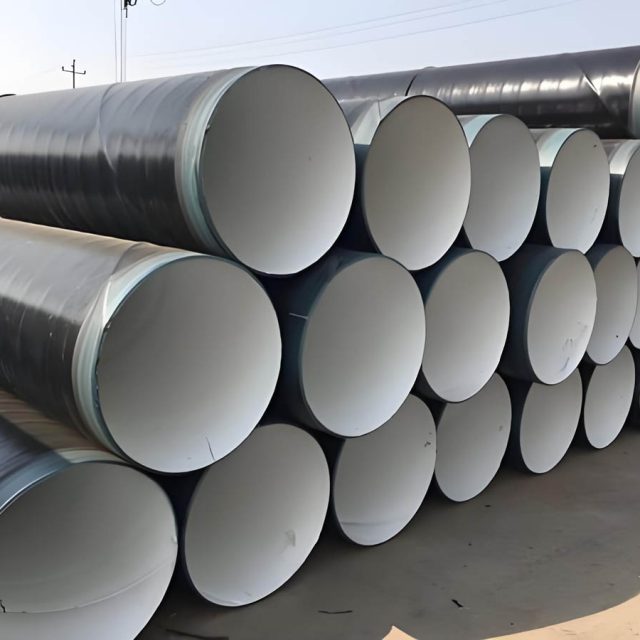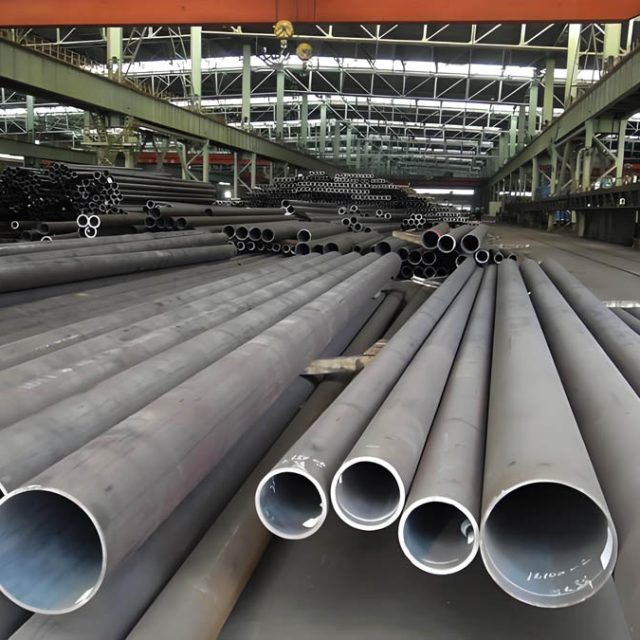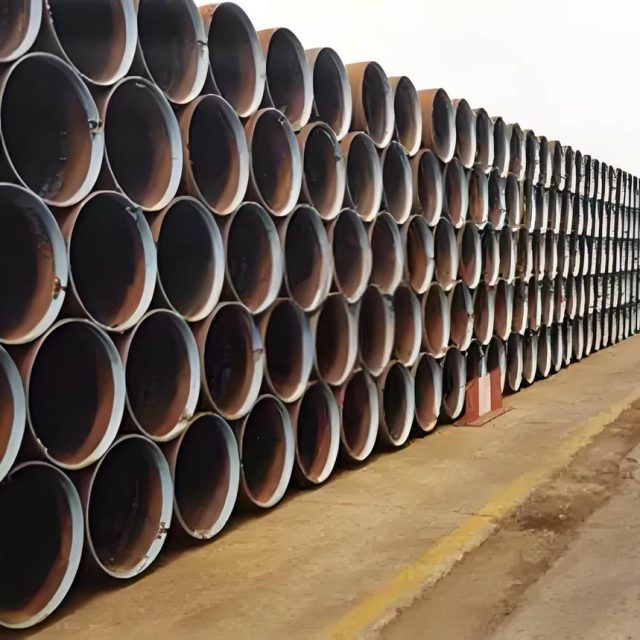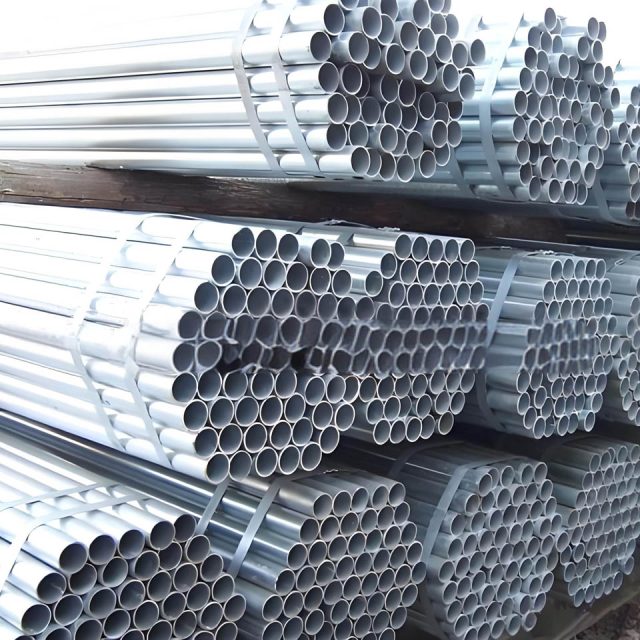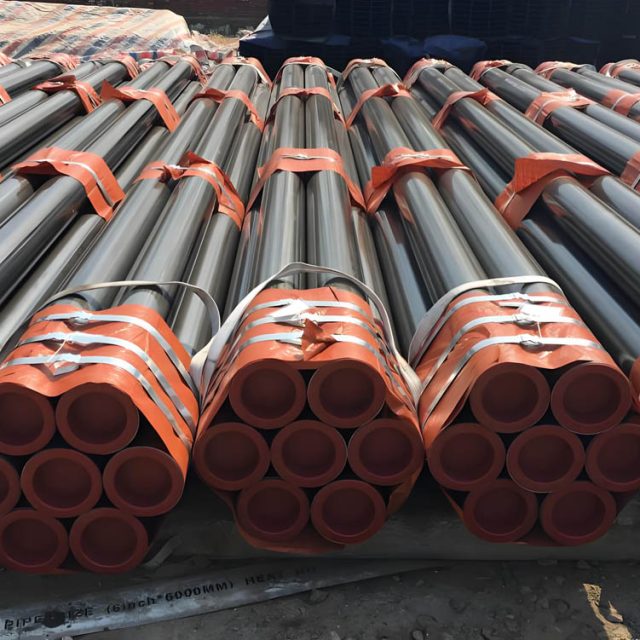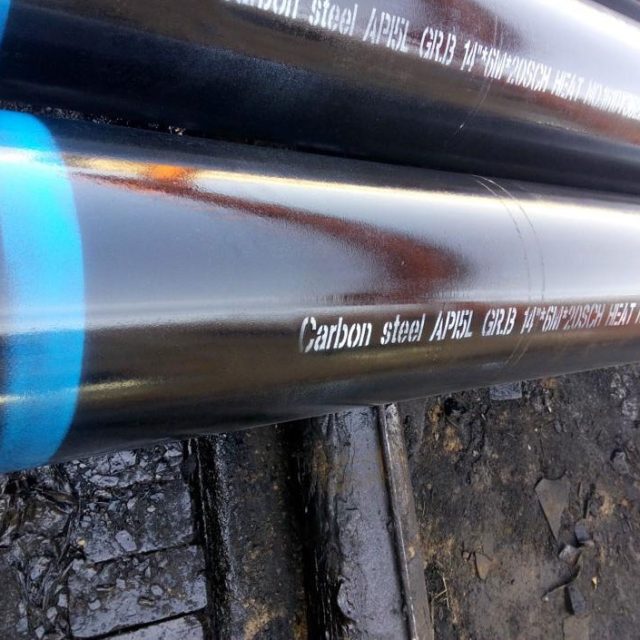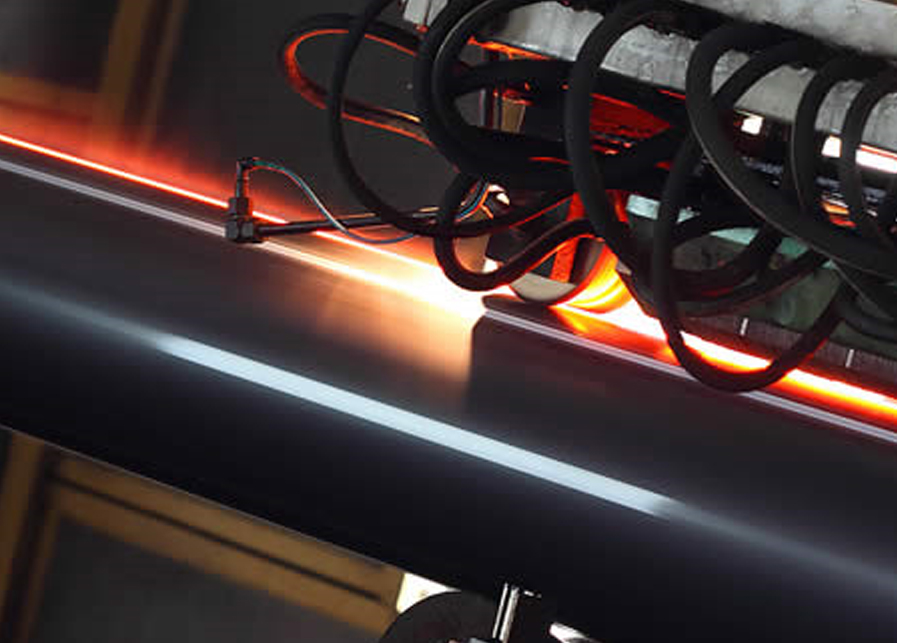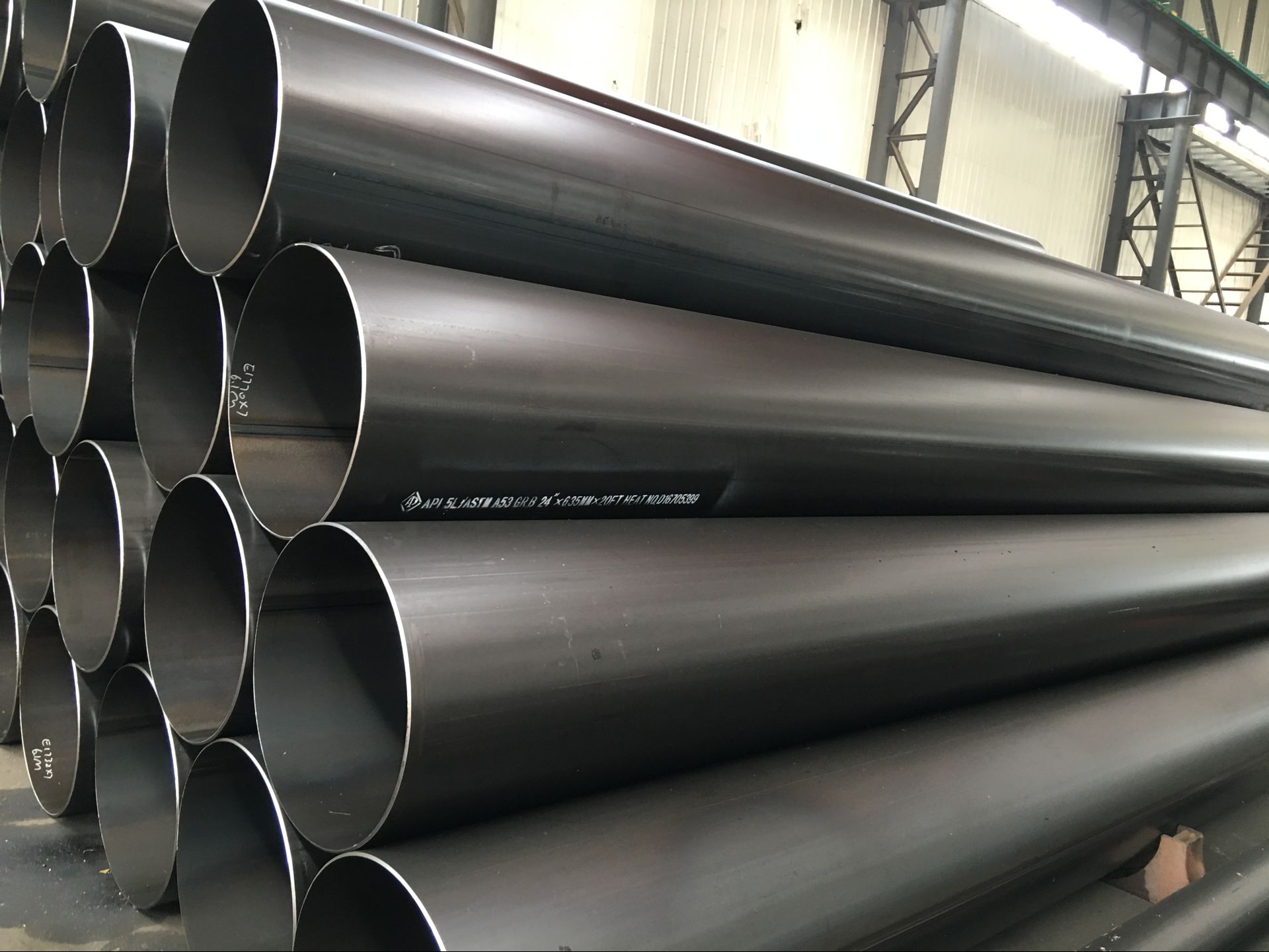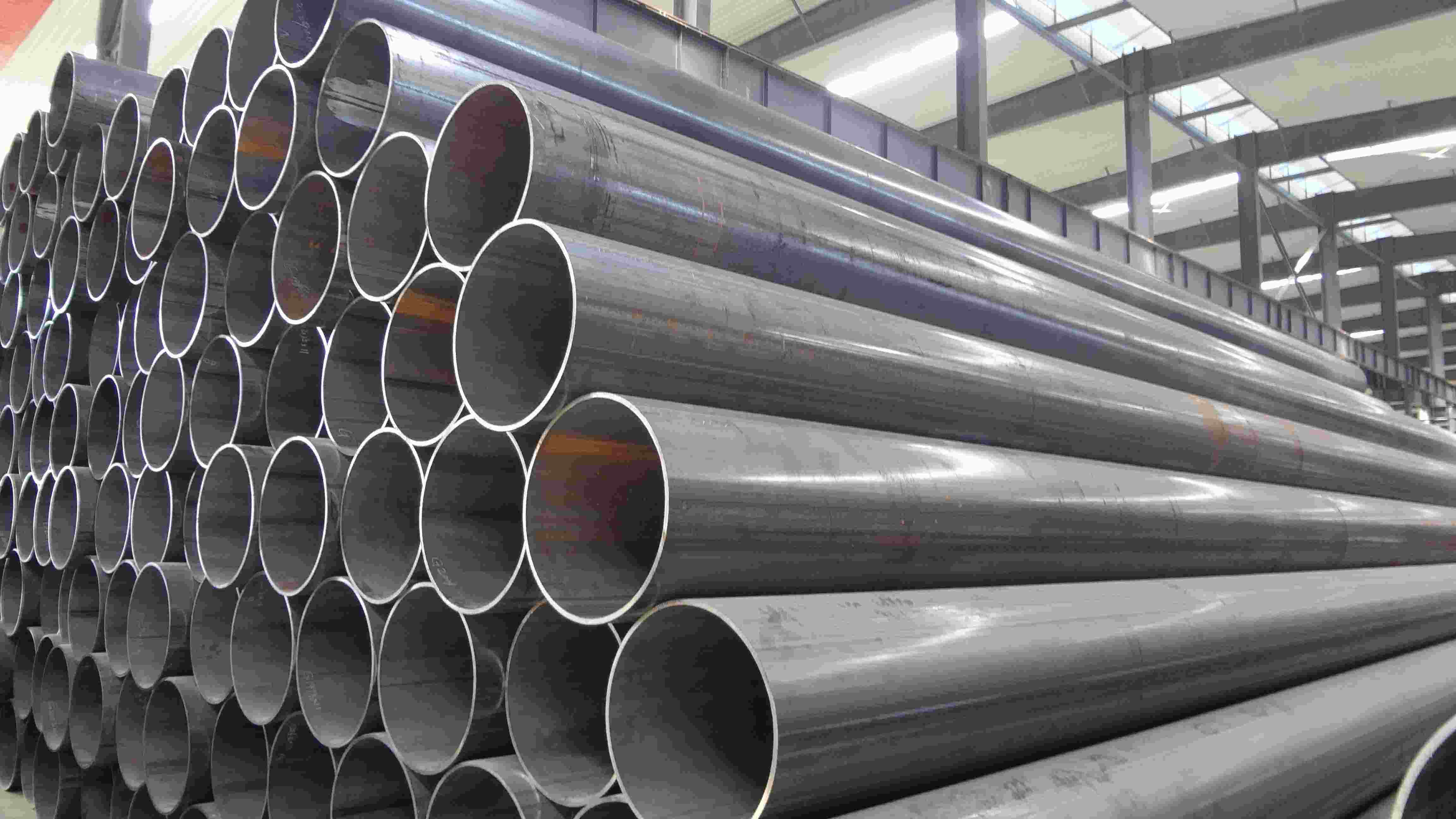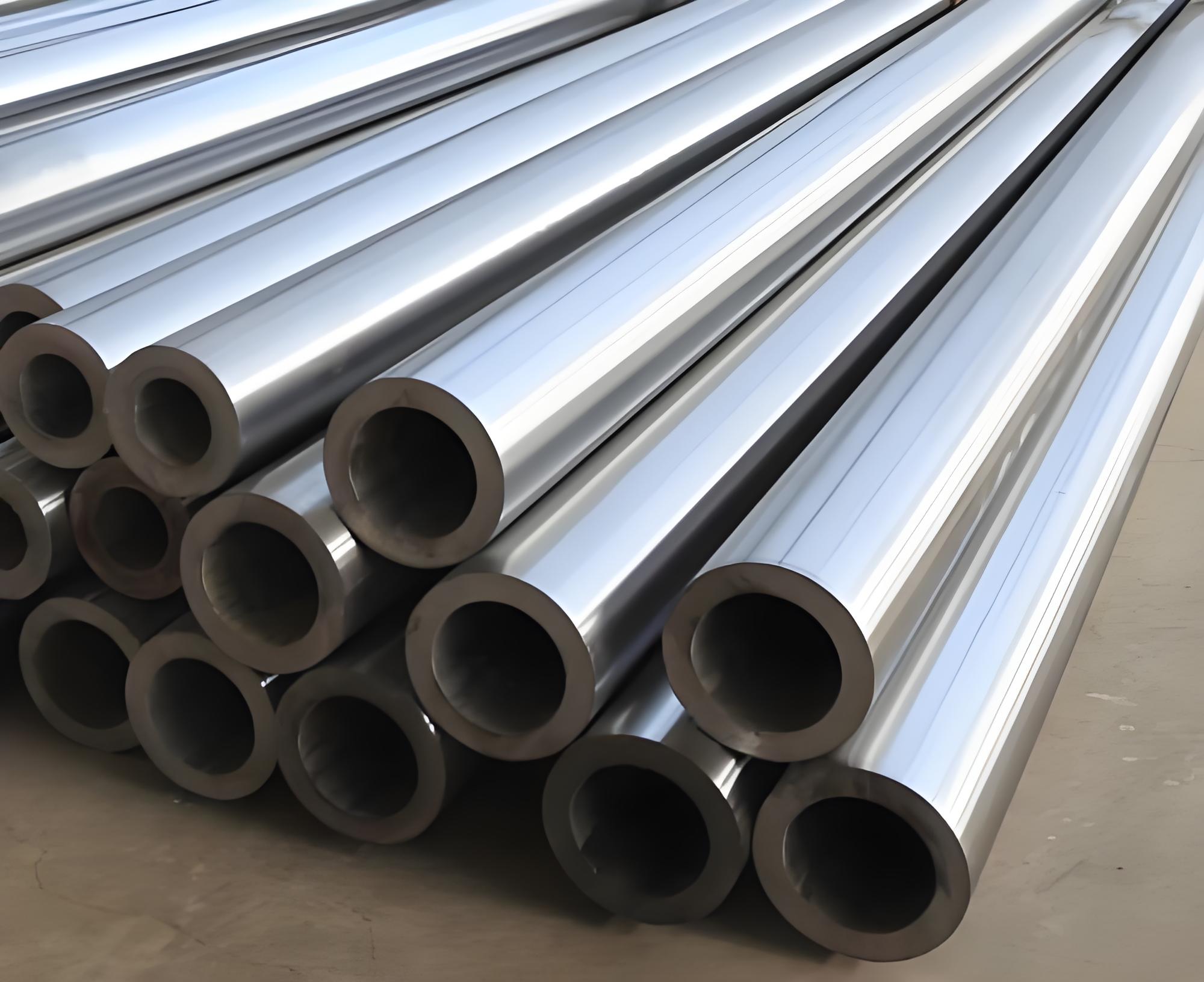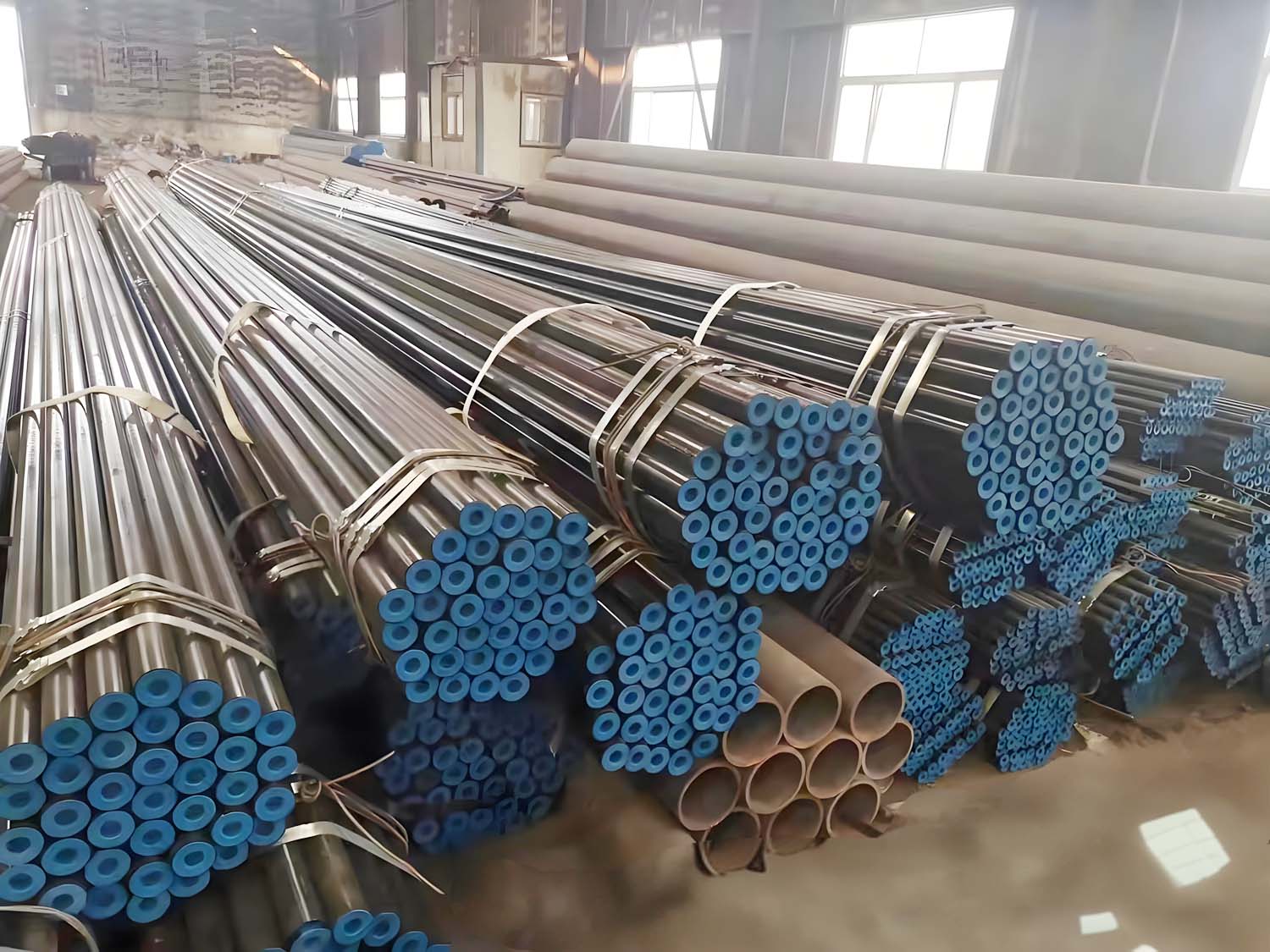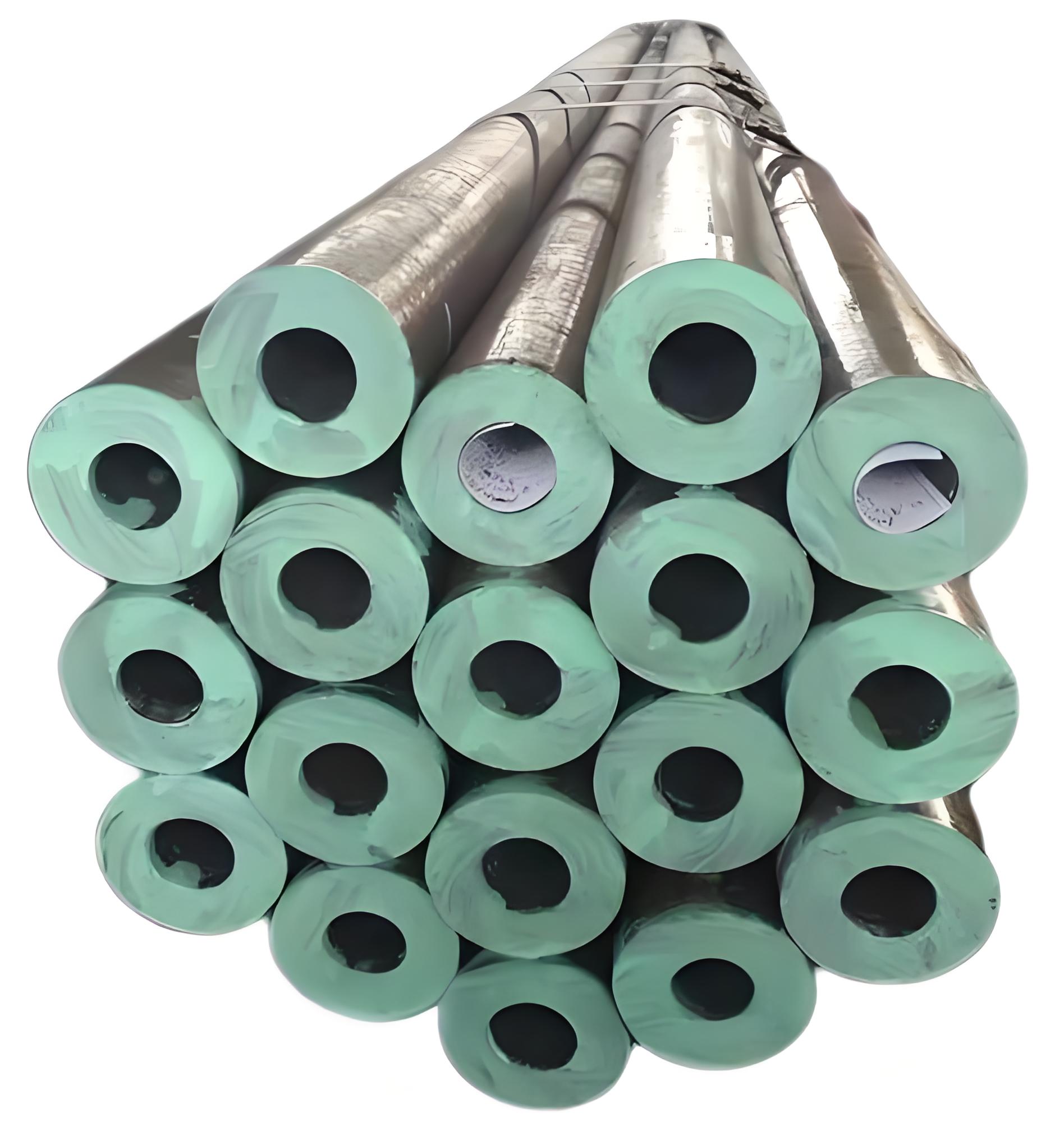EN 10217 ERW Steel Pipe
EN 10217 ERW Steel Pipe
The EN 10217 standard specifies requirements for electric resistance welded (ERW) steel tubes for pressure purposes. These tubes are used in various industries, including energy, water, and chemical sectors, where the transportation of fluids under pressure is required.
Scope and Application
- Scope: EN 10217 covers non-alloy and alloy steel tubes that are welded. The specification includes various parts, each addressing different types of steel and specific requirements.
- Application: These pipes are used for pressure applications in industries such as oil and gas, water supply, chemical processing, and power generation.
Manufacturing Process
- Electric Resistance Welded (ERW) Pipe: ERW pipes are produced by cold forming a steel strip into a cylindrical shape. The edges are then welded together using electric resistance welding to create a continuous seam.
Key Parts of EN 10217
The EN 10217 standard is divided into several parts, each addressing different types of steel and specific applications:
- EN 10217-1: Non-alloy steel tubes with specified room temperature properties.
- EN 10217-2: Electric welded non-alloy and alloy steel tubes with specified elevated temperature properties.
- EN 10217-3: Alloy fine grain steel tubes.
- EN 10217-4: Electric welded non-alloy steel tubes with specified low temperature properties.
- EN 10217-5: Electric welded non-alloy and alloy steel tubes for specific high-temperature applications.
- EN 10217-6: Submerged arc welded non-alloy steel tubes with specified room temperature properties.
Chemical Composition and Mechanical Properties
EN 10217-1: Non-alloy Steel Tubes
- Grades: Common grades include P195TR1, P235TR1, and P265TR1.
- Chemical Composition:
| Grade | C (max) | Mn (max) | P (max) | S (max) | Si (max) |
|---|---|---|---|---|---|
| P195TR1 | 0.13% | 0.70% | 0.025% | 0.020% | 0.35% |
| P235TR1 | 0.16% | 1.20% | 0.025% | 0.020% | 0.35% |
| P265TR1 | 0.20% | 1.40% | 0.025% | 0.020% | 0.35% |
- Mechanical Properties:
| Grade | Yield Strength (min) | Tensile Strength (min) |
|---|---|---|
| P195TR1 | 195 MPa | 320-440 MPa |
| P235TR1 | 235 MPa | 340-470 MPa |
| P265TR1 | 265 MPa | 410-570 MPa |
Dimensional Specifications
Outer Diameter (OD)
| Outer Diameter (OD) | Tolerance |
|---|---|
| ≤ 48.3 mm | ± 0.4 mm |
| > 48.3 mm to ≤ 114.3 mm | ± 0.75% of OD |
| > 114.3 mm | ± 1% of OD |
Wall Thickness (Schedule)
The wall thickness tolerance is generally ±10% of the specified nominal wall thickness.
| Wall Thickness (Schedule) | Tolerance |
|---|---|
| ≤ 5 mm | ± 0.5 mm |
| > 5 mm to ≤ 10 mm | ± 1.0 mm |
| > 10 mm | ± 1.5 mm |
Length and End Finish
- Standard Lengths: Typically range from 6 to 12 meters, but custom lengths can be provided upon request.
- End Finish: Pipes can be supplied with plain ends, beveled ends, or threaded ends according to the application requirements.
Testing and Inspection
- Tensile Test: Ensures compliance with mechanical property requirements.
- Impact Test: Required for certain grades and thicknesses to ensure toughness at specified temperatures.
- Non-Destructive Testing (NDT): Includes ultrasonic testing or other methods to detect flaws in the weld seam.
- Hydrostatic Test: To ensure the pipe can withstand internal pressure without leakage.
- Visual Inspection: Each pipe is inspected for surface defects and straightness.
- Dimensional Checks: Ensuring the pipe meets specified dimensional tolerances.
Marking and Certification
Each pipe produced under the EN 10217 standard must be properly marked to ensure traceability and compliance with the specified requirements. The marking generally includes:
- Manufacturer’s name or trademark
- Standard and grade (e.g., EN 10217-1 P235TR1)
- Heat number or batch number
- Dimensions (e.g., OD and wall thickness)
- Production date or code
Additionally, pipes are accompanied by a certificate that confirms compliance with the specified standard and includes test results and inspection reports.
Summary of EN 10217 Parts
EN 10217-1: Non-alloy Steel Tubes with Specified Room Temperature Properties
- Grades: P195TR1, P235TR1, P265TR1
- Applications: General pressure purposes at room temperature.
EN 10217-2: Electric Welded Non-alloy and Alloy Steel Tubes with Specified Elevated Temperature Properties
- Grades: P235GH, P265GH
- Applications: Pressure purposes at elevated temperatures.
EN 10217-3: Alloy Fine Grain Steel Tubes
- Grades: Fine grain steel grades with improved toughness.
- Applications: High-strength applications requiring good impact properties.
EN 10217-4: Electric Welded Non-alloy Steel Tubes with Specified Low Temperature Properties
- Grades: P215NL, P265NL
- Applications: Pressure purposes at low temperatures.
EN 10217-5: Electric Welded Non-alloy and Alloy Steel Tubes for Specific High-Temperature Applications
- Grades: High-temperature grades, often alloyed.
- Applications: High-temperature service conditions.
EN 10217-6: Submerged Arc Welded Non-alloy Steel Tubes with Specified Room Temperature Properties
- Grades: Similar to those in EN 10217-1 but produced by submerged arc welding.
- Applications: General pressure purposes at room temperature, with specific manufacturing process requirements.
Additional Considerations
- Coating and Protection: Pipes can be supplied with protective coatings to prevent corrosion, such as galvanization, painting, or epoxy coatings.
- Customization: Pipes can be customized in terms of length, end finish, and additional features based on specific project requirements.
- Compliance: Ensure compliance with local regulations and project specifications, as additional testing or certification may be required.
Conclusion
EN 10217 ERW steel pipes provide a reliable solution for various pressure applications across different industries. The standard ensures that the pipes meet stringent quality and performance criteria, making them suitable for transporting fluids under pressure at room temperature, elevated temperatures, or low temperatures, depending on the specific part of the standard being applied. Proper marking, certification, and testing ensure traceability and compliance, providing confidence in the use of these pipes in critical applications.

